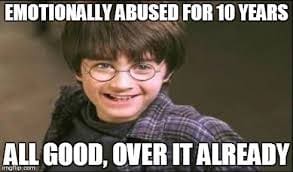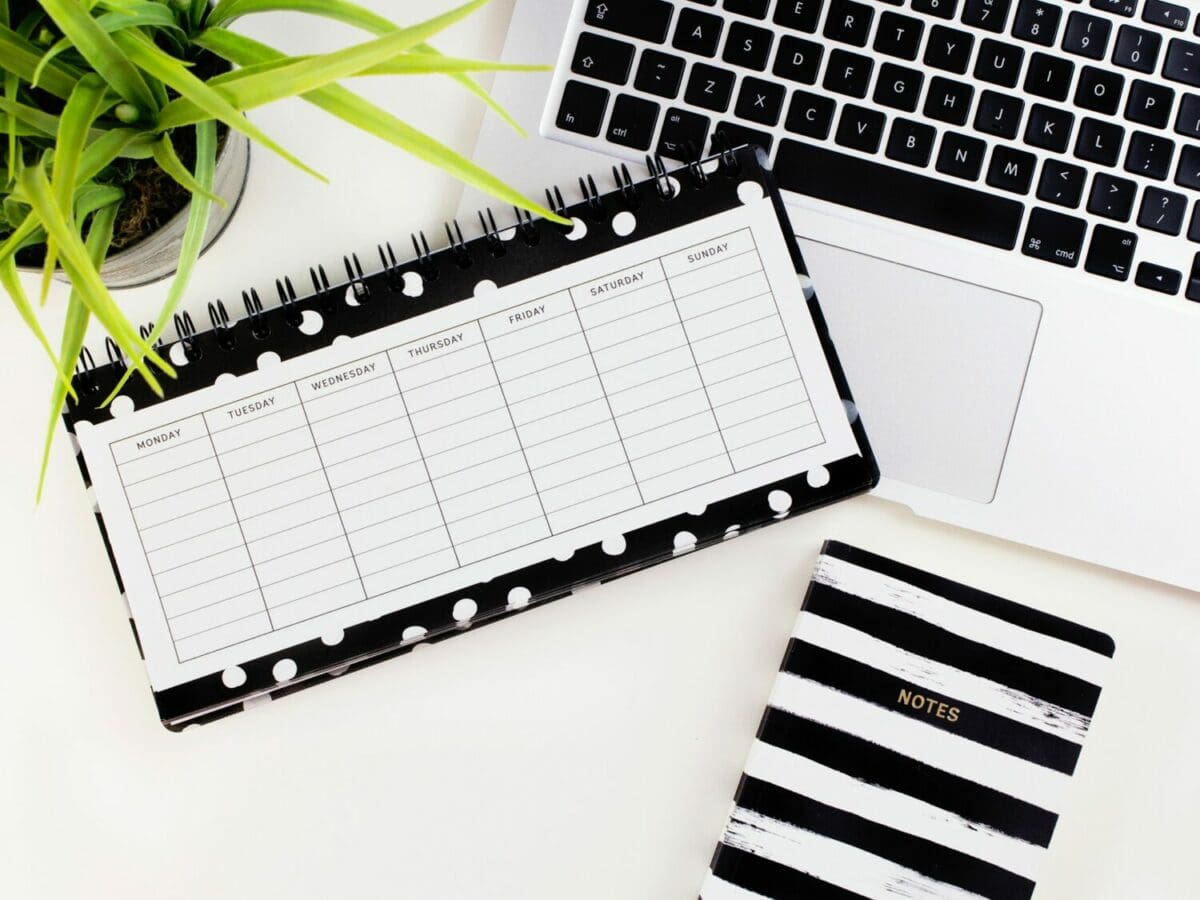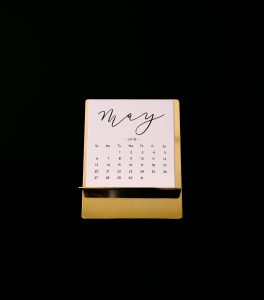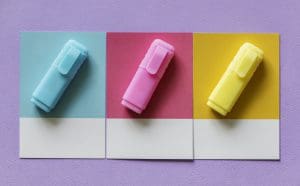
Nah, therapy is not for me
April 7, 2025 in Uncategorized
Studies show when people have a bad experience with therapy it can make them have a bad attitude about therapy in general. Sometimes I tell my patients that therapy could help them, and they tell me, “nah, not for me.” It totally makes sense, though, if they had a bad experience before. One time, I had a bad experience at a fast food restaurant which shall remain nameless, and I do NOT want to go back there!
What are some reasons you or others have had negative experiences with therapy?
Here are a few examples you may relate to:
The first time you went, it wasn’t your decision.
Going to therapy can help with a lot of different problems you may have – but if you were made to go or it felt like it was a punishment versus a decision you made to become more healthy, you might have a negative attitude about it. My mom used to make me pick weeds in our driveway, and I kind of have a bad attitude about gardening! Even though a lot of people enjoy it.
The therapist and you did not seem to connect.
We know a big reason therapy works is the therapeutic alliance, which we wrote about in a prior post. If you feel like you didn’t connect with your first therapist—or especially if you didn’t feel like they cared about you, that might have been a tough experience for you. Telling someone your deepest thoughts makes you vulnerable and if it didn’t work the first time, maybe you don’t want to take that risk again.
Your parent was too involved.
Maybe you think therapy wasn’t helpful if your parent was always around. You couldn’t let yourself be honest with the therapist.
You felt betrayed.
If you received therapy as a child and the therapist was worried about abuse, that is something that they have to report to the state for your safety. But when you are a kid in the mix of it, sometimes you feel like your trust was betrayed. That can be hard to deal with.
The thing is – one bad experience does not mean the next one will be. And your experience as a young person or child may be different when you are older. There are things you can do to help make sure that your next therapy experience is a good one. We know therapy works and can get you to better mental health.
If you had a bad experience before, but want to try therapy again, try these ideas:
- make a list of the pros and cons about going to therapy—go over your list with someone you trust like a supportive adult or your primary care doctor and together, make a decision if this is a next best step for you
- at the first session, tell your therapist what your expectations and hopes are from therapy
- if you feel like you and your therapist don’t connect, ask for a referral to see someone else – therapists are used to this as everyone is different and sometimes certain personalities don’t click
- if your parent is involved, talk to them about what you expect out of therapy and how you’d like them to be involved. if they would like to be very involved, talk to your therapist about whether it would be a better idea to have a family therapist in addition to individual therapy
- at the first session, talk to your therapist about the limits of confidentiality—what do they always keep private and what if anything, are they not allowed to keep private
Do you have any other examples of negative experiences you have had? Or tips you have about making the next experience positive?
Repost, original by Dr. Rad ★ · May 18, 2016































Recent Comments